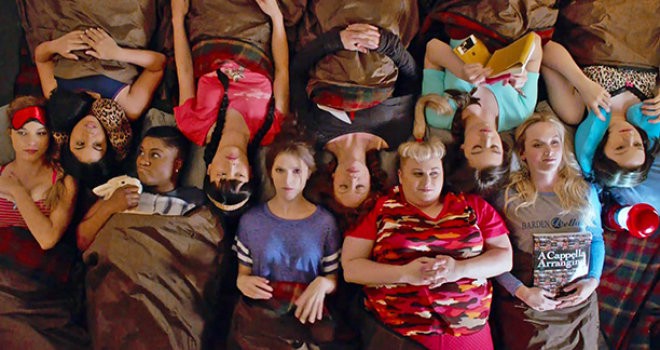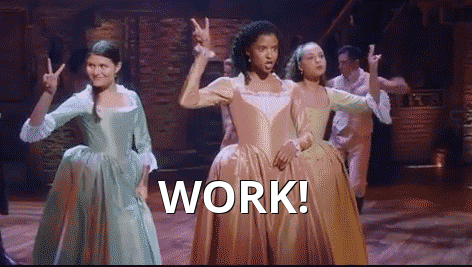Do Our Sex Lives Reflect Our Work Lives?
“Dating trains us for our careers, and vice versa”

One stereotype about millennials is that we glance off of every surface. Instead of buying, we rent. Instead of joining one company with the intention of rising through the ranks, we hop from gig to gig. Instead of dating seriously, we swipe through OK Cupid and Tinder and Scruff.
It’s a free love philosophy applied to life in general: why commit when you can keep trying fun new things!
That conventional wisdom also tends to ignore that younger generations are often forced into these peripatetic, unstable situations by circumstances like rising housing prices and stagnant wages, often foisted upon us by older generations, but never mind that right now.
For the New Republic, Alexandra Molotkow reflects on a new non-fiction book called Labor of Love that chronicles the history of dating as it relates to economics. Its author, Moira Weigel, argues that the way we love and the way we work are indeed intertwined:
Dating trends are linked to economic ones. It is no coincidence, [Weigel] suggests, that the rise of serial monogamy in the 1940s and 1950s coincided with the rise of consumer culture, and “dynamic obsolescence” in marketing. Similarly, the rise of niche marketing in the 1970s and 1980s mirrored the growth of “assortative mating,” as Americans increasingly married within their own income and educational brackets.
Americans work harder now, in a more precarious labor market: 30 percent of the workforce is contingent, and the economy is largely service-based. The job market prioritizes emotional savvy, and applies pressure to remain thoroughly, constantly, and publicly employable — trends that match the rise of “hook-up culture.” “In an age where very few Americans make a living making anything,” Weigel writes, “dating trains us for our careers, and vice versa.”
Caveat: “While not exclusively, Weigel ties her focus to one group: mostly straight, largely white, middle- to upper-middle class, college-educated, dwelling in American cities.”
Sigh. Of course she does.
Still, it’s an interesting thought, that we operate in one mode, romantically and professionally. I’m a monogamist by nature, though I spent my twenties being thwarted by bad luck. I would have loved to find one good enough apartment and stay there indefinitely but instead, I got kicked out of my first place after only nine months and later had another sold out from under me. In terms of real estate, it wasn’t until I finally bought an apartment that I could relax.
Likewise, my first two jobs post-college were a total wash. The third was fine but the fourth folded like a cheap umbrella, and the fifth was a nonprofit I had to bail out of right before it crashed.
Considering how anxiety-ridden and occasionally disastrous my housing and job situations were, even while I was striving for stability, I’m grateful I didn’t also have to date. It sounds like so much, well, work. And not the fun snappy kind.

According to Molotkow, Labor of Love posits that no one is super clear on just what a date is anymore, the same way that, in our gig economy, the definition of a “job” is also up for debate. This is a good point! It’s true that, for a while there, a job was more straightforward: it could be counted upon to confer a salary and benefits in a way that it no longer can.
But that kind of job was a relatively modern invention anyway, and maybe, sadly, an anomaly. For most of human history, a person simply used to be a merchant or a pirate, a gentleman or a serf. What one did was what one was. And a person’s “romantic” life, such as it was, was often equally circumscribed. You married the partner your parents picked for you and stayed married until one or the other of you was killed by something stupid like childbirth or syphilis or war.
I think we can all agree that freedom is better. It’s just also a lot fuzzier.
Is it a coincidence that we are less clear about what we expect from our romantic partners at the same time as we are less clear about what we can expect from our workplaces? And are the same market forces to blame for both situations?
Support The Billfold
The Billfold continues to exist thanks to support from our readers. Help us continue to do our work by making a monthly pledge on Patreon or a one-time-only contribution through PayPal.
Comments